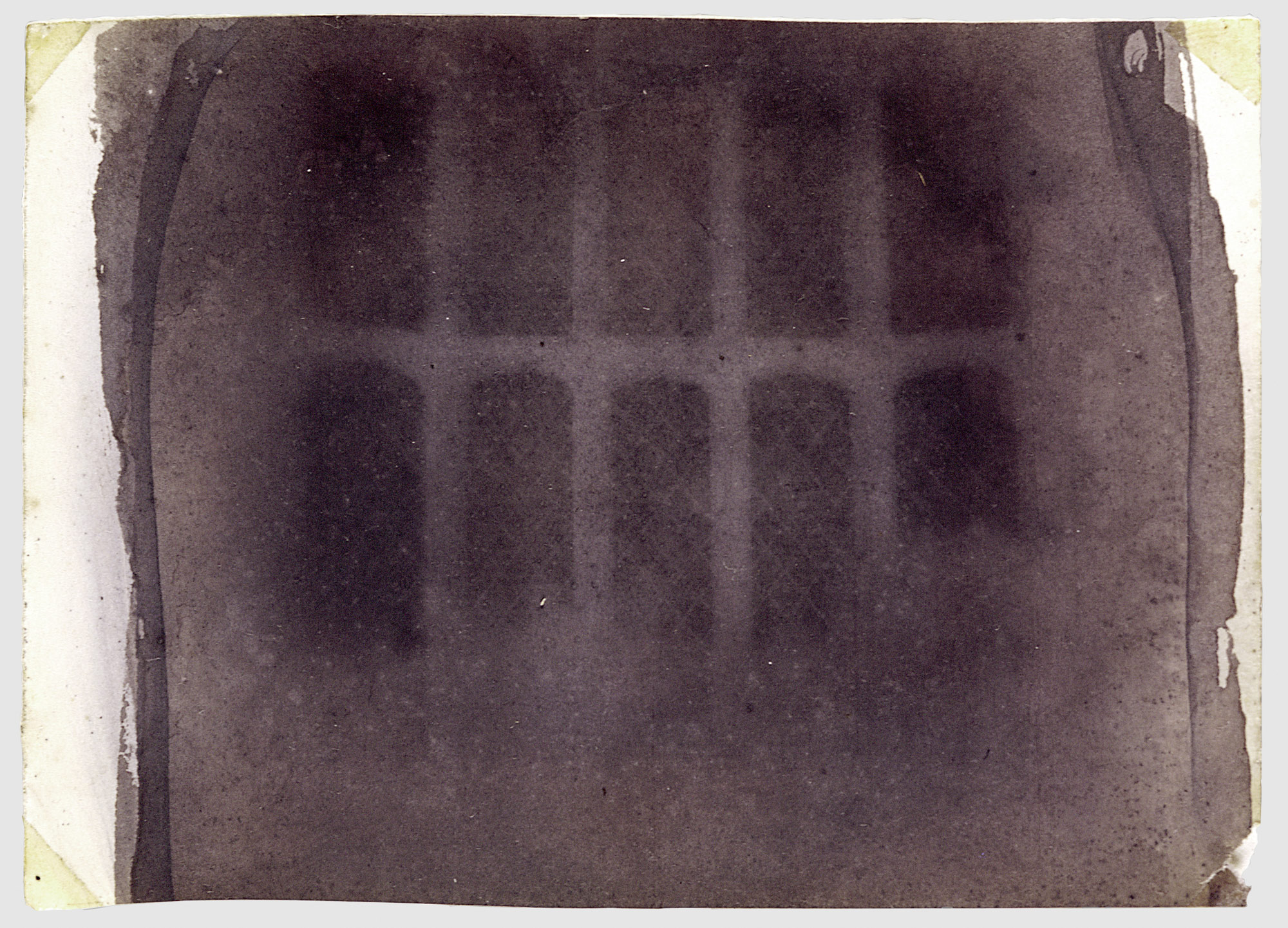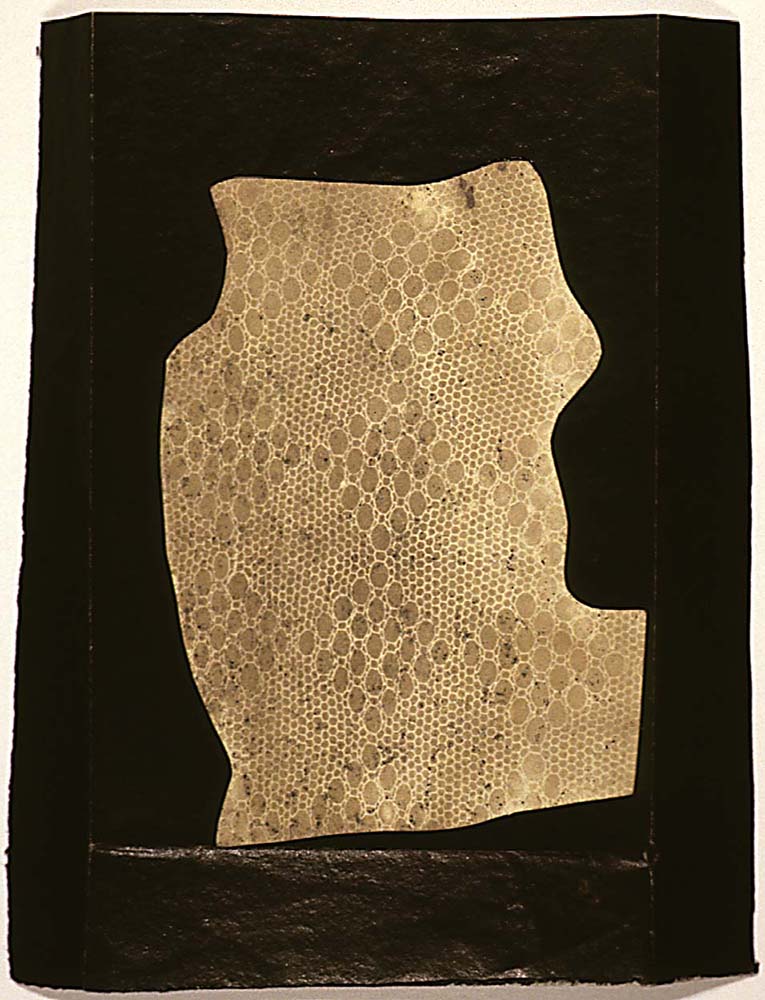Artist Blog
Every week an artist whose single image was published by Der Greif is given a platform in which to blog about contemporary photography.
Basic elements
Dec 15, 2016 - Noora Sandgren
The urge to create a trace and the nature as a generative force has always been there since the first human made images, also in beginning of photography. In 1833 a curious mind, interested in e.g. astronomy, botany, philosophy, chemistry – William Henry Fox Talbot (inventor of negative-positive process), started to wonder about the transformative ability of sun light. His experiments grew out of interest but also frustration: he felt he could not draw a satisfying image of a great landscape with the help of camera lucida.
First experiments were done by placing a lace or plant directly on the salt and silver nitrate coated paper and exposing it to sun. He could see the sun-drawing the shape of an object on paper – creating a ghostly trace. Soon he discovered how to slow down the disappearance of these shadow images, creating a negative. These sun-pictures he called “photogenic drawings”, admiring the Nature creating its own image, better than the most skilful artist would be capable of.
Fascinated by Talbot´ s primal photography, the notion of Nature as drawing agent, I use for my on-going Fluid Being -series a familiar garden space as my studio throughout the year, working mostly cameraless, reducing photography to its basic elements: chemistry of a sensitive surface, light and time. Like Talbot´s first images, the originals of this series remain unfixed – alive, in a protective black box. This notion of an image, as something living, is important to me, whether understood physically (materiality), or as a viewing process – projective and non-solid by nature.
Interestingly, Professor of the History of Photography and Contemporary Art Geoffrey Batchen concludes on the photography as politically charged field:
“…throughout photography´s history the cameraless photograph has always been a subversive element, an auto-critique of everything that photography is supposed to represent. For in rejecting the camera, such photographs also reject humanist perspective, rationalised space, three-dimensional illusion, documentary truth, temporal fixity. They bring the margin into the centre to confuse precisely that familiar, comforting distinction, and with it a lot of other distinctions, too” (Batchen: Emanations, The Art of the Cameraless Photograph 2016, p.47)



